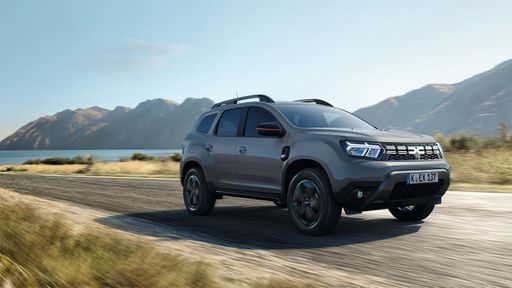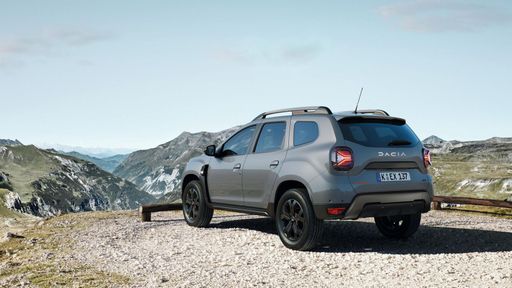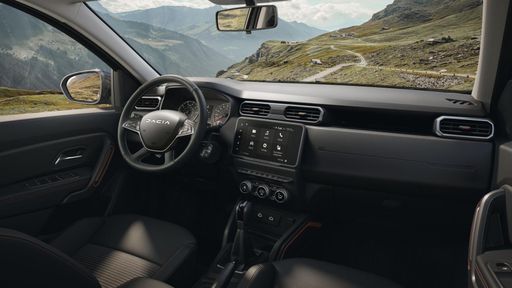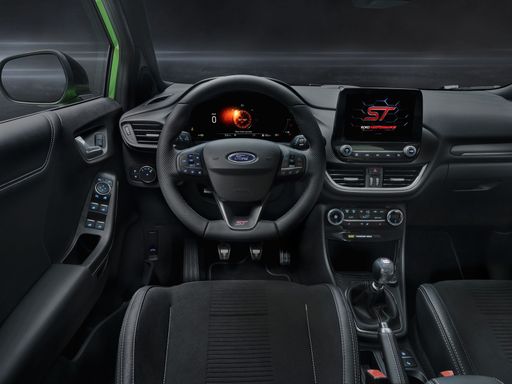Compact SUV Showdown: Dacia Duster vs. Ford Puma
In the ever-competitive compact SUV market, two models have captured attention with their distinct offerings: the Dacia Duster and the Ford Puma. Both vehicles are targeted at drivers seeking a balance between utility, performance, and economy, but they bring these elements to life in unique ways. In this comparison, we'll delve into the technical aspects and innovations that set these two apart.








